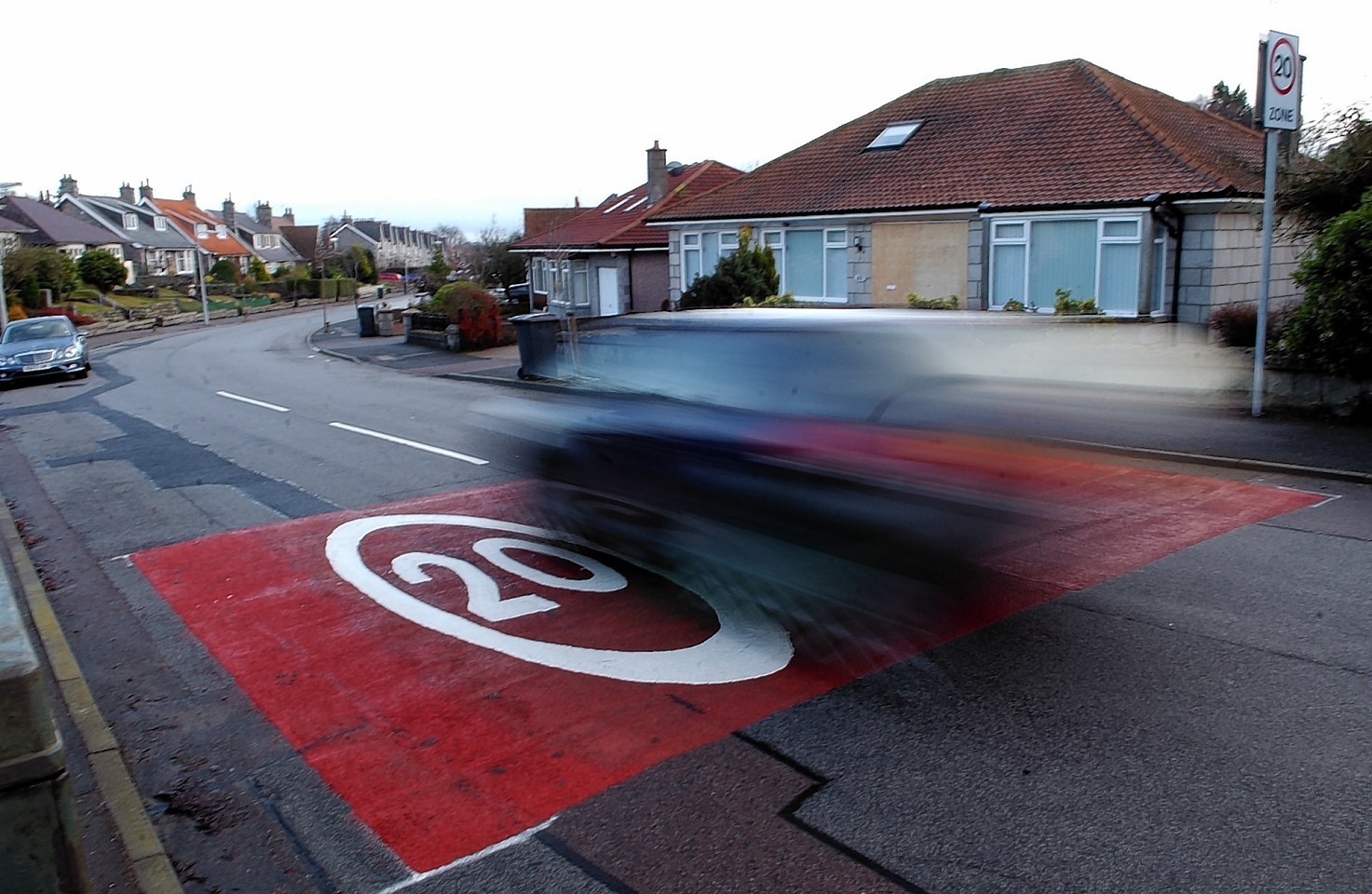Drivers taking “rat-run” short cuts could actually be making their journeys slower, according to a survey.
Congestion at the busiest times on local roads is twice as bad as on main highways, the poll from traffic information company TomTom found.
It also revealed that traffic congestion in cities across the UK has got significantly worse over the past year.
Average journeys in 2013 took 27% longer than they would in free-flowing traffic – up from a figure of 26% in 2012.
Belfast was the most congested city, with the worst periods 36% more congested than the free-flowing ones. London and Edinburgh were the next worst-congested cities, followed by Bristol, Brighton, Manchester, Leeds-Bradford and Sheffield.
Of the 17 biggest cities, only two were less jammed in 2013 than in 2012, with congestion worsening in 10 and staying the same in the other five.
The biggest increases in congestion were in Sheffield and Leicester.
TomTom said commuters were now spending 10 working days a year stuck in traffic compared with nine days a year ago.
The company also released world-city figures, which showed Moscow was the most-congested destination, followed by Istanbul and Rio de Janeiro, which will be one of the main football World Cup venues this summer.
TomTom chief executive Harold Goddijn said: “Traffic congestion is nothing new, and continues to be a global challenge.
“The traditional responses to congestion – such as building new roads or widening existing ones – are no longer proving to be effective.”
Read our editor’s comment on rat-run drivers here.
